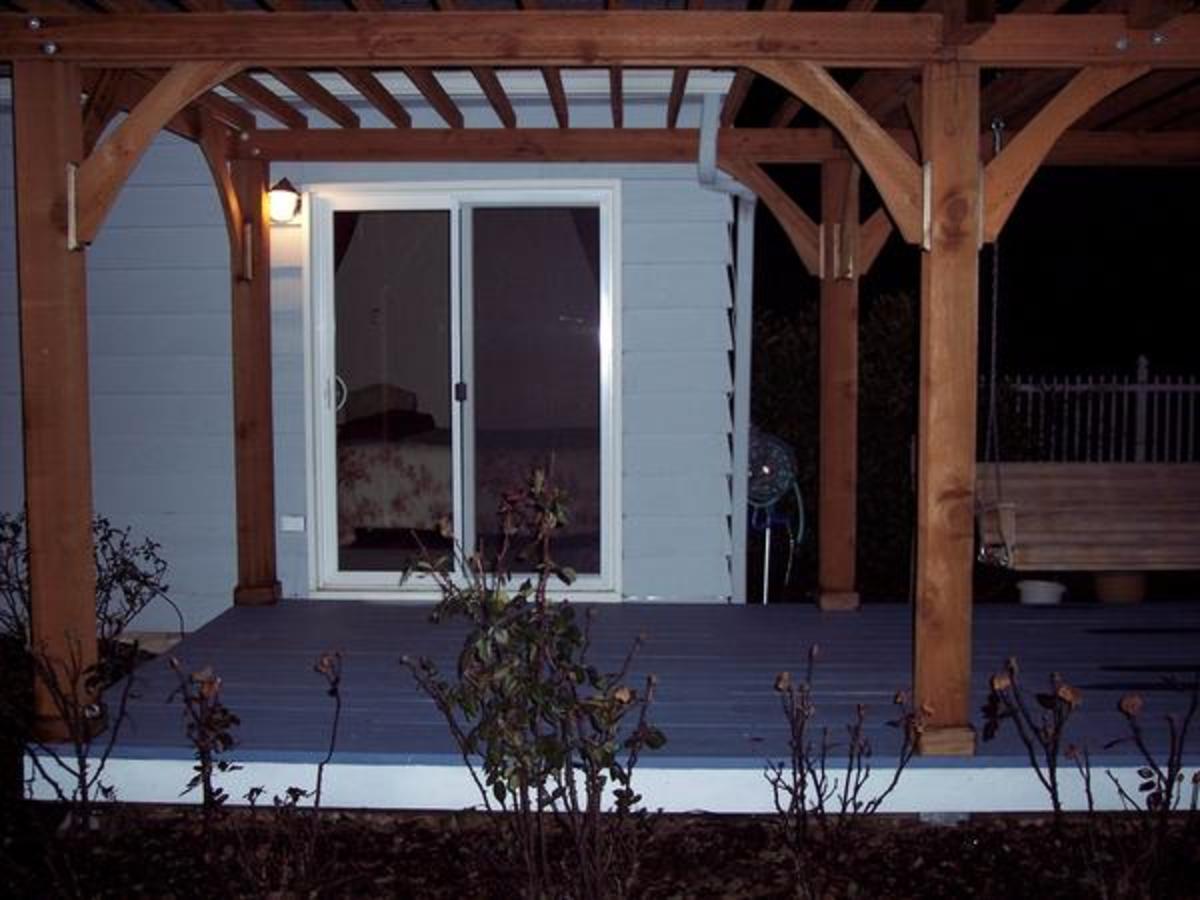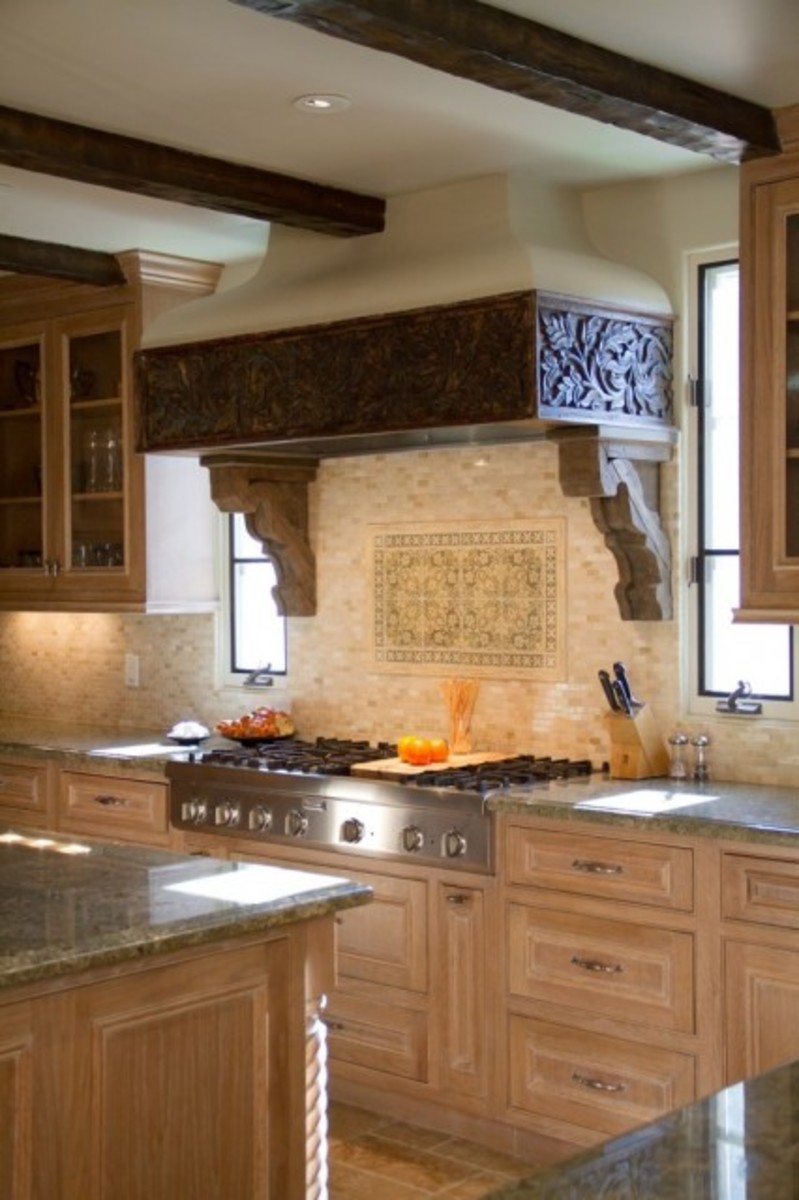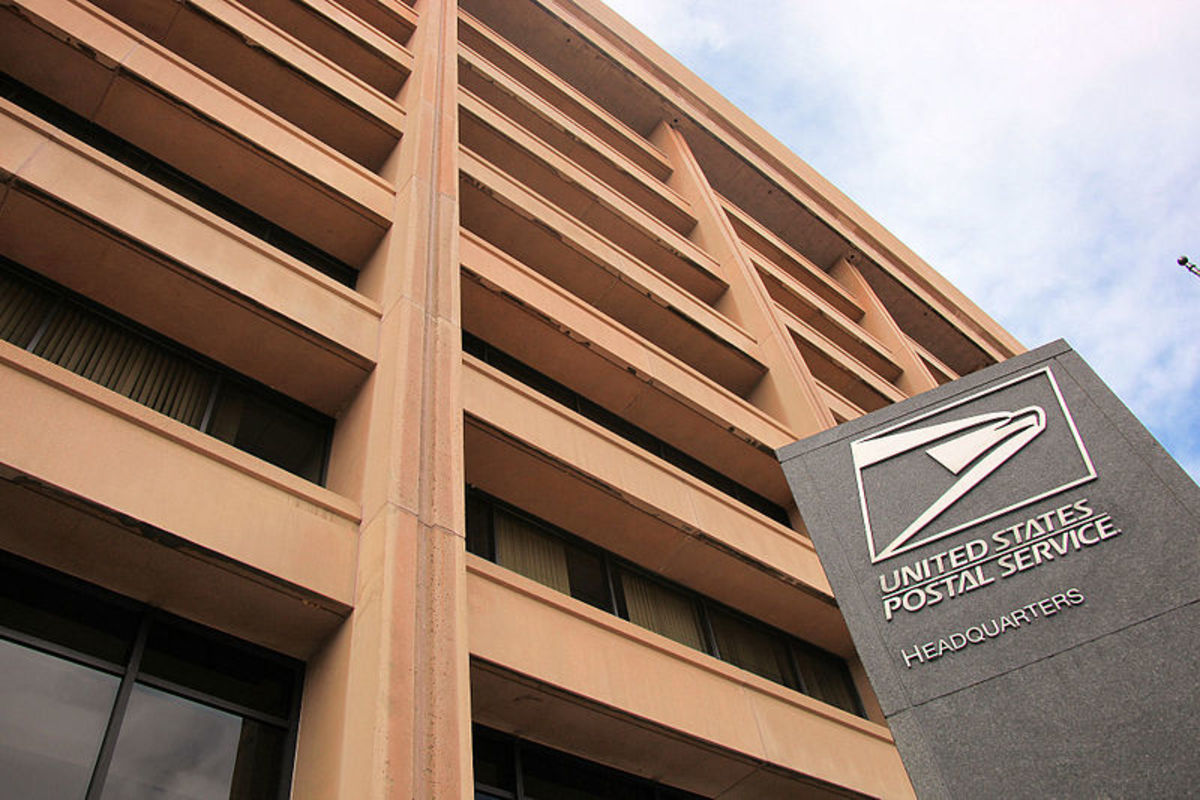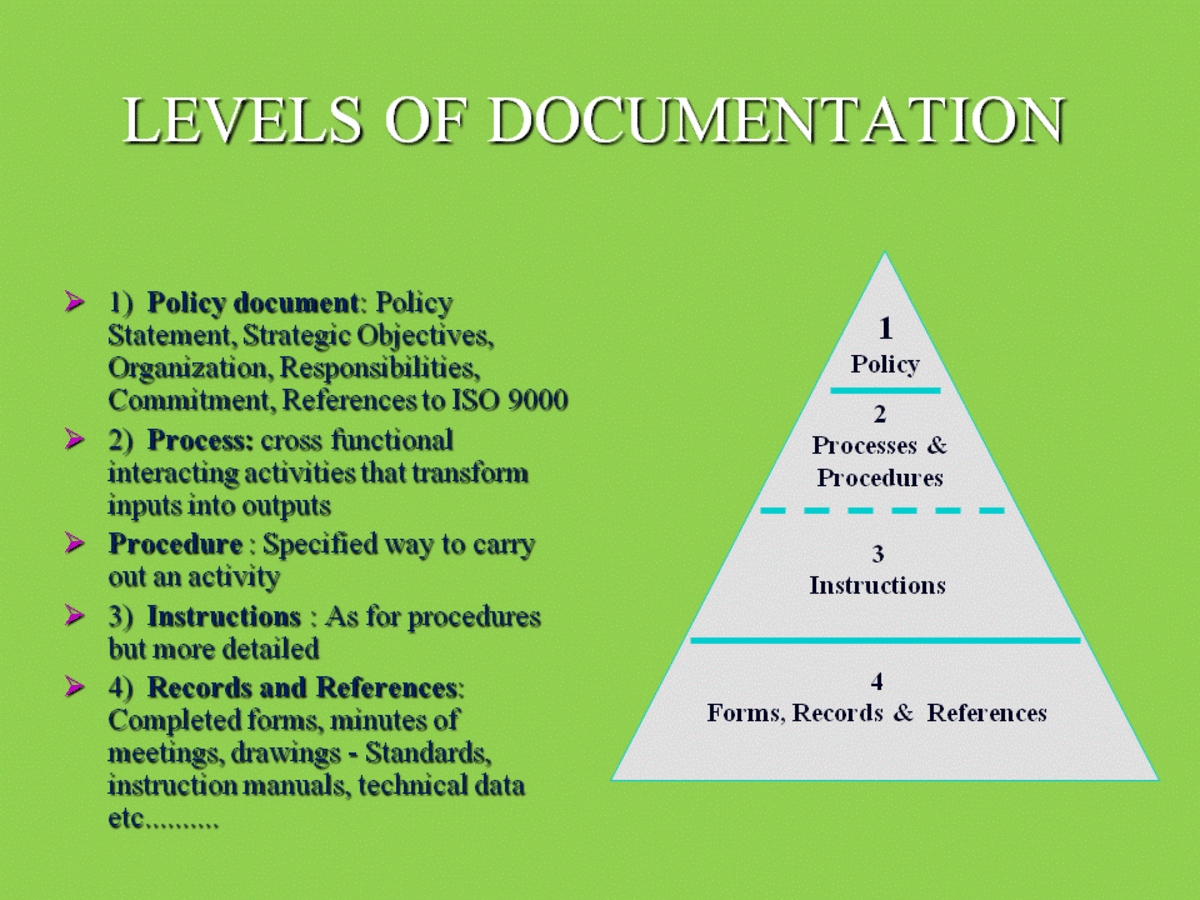Pallet Racking Systems
Pallet racking is the framework on which pallets are set in a warehouse. These racks are essential for organizing and managing inventory. From small businesses to huge wholesalers, this is a key component.
The main parts that make up pallet racking are the vertical posts or columns, horizontal load beams, wire decking, and foot plates. The columns can be very tall so that several levels of shelving can be used. For adjustable or selective pallet racks the columns are punched with holed evenly spaced out. The supports are the horizontal load beams. These can be clopped into place, on the vertical columns. The configuration is also referred to as boltless. For very heavy items structural pallet racking is best. Instead of clipping one, the load beams are bolted into place. This makes the shelving very hard to adjust, but provides the most stable racks.
Metal wire decking is the wire mesh which is attached between the load beams. Most load beams are spaced at a depth of 42 inches apart in stead of 48" (the full width of the pallet). This makes the load rest on the beams instead of the wire decking. Solid bottom decking is also available. This style more evenly displaces the weight. The draw back is that in the event of a fire water cannot easily reach the lower shelving. Wire decking allows it to pass directly through.
Foot plates are the bases which are attached to the bottoms of the columns and then bolted to the floor.
Pallet Racking
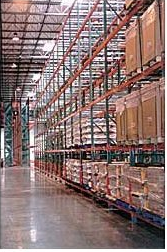
Pallet Rack Spacing
A forklift is the primary machine that is used to lift and maneuver the pallets. On the front of each rack a span of about 96 inches, or a double pallet, is open between the two up right columns. This allows for wider loads to be stored or two pallet side by side. A regular pallet is 42 inches wide and 48 inches deep.
The height between the pallet racks is between typically between 96 and 240 inches. Just depending on what is to be placed in that area of the warehouse, various sizes are important. If you stop to think about all of the items which are shipped around the world, it is no wonder that such large spaces as the 240 inches can be needed.
To maximize storage space another alternative is to make pallet racks two deep. When two sets of columns are used together row spacers are installed between the racks to hold them together.
Any time warehousing is considered an eye must be turned towards safety. Even if local codes to not require extra braces and supports, it is best to air on the side of safety. Wall ties for racking units along the wall is an excellent idea. Ceiling ties also can be attached to the top of the rack and bolted to the ceiling. When a warehouse is designed ceiling ties should be engineered into the plans. Horizontal and diagonal cross bracing work together within the framework of the columns and load beams to guard against any movement.
Pallet Racking Used
When outfitting a new warehouse it is a wise idea to purchase pallet racking used. It is far from an aesthetic addition to any plant. Serviceability is a much more accurate adjective. Used pallet racks cost much less than new ones.
Finding used pallet racks can be a chore. Locating just what you need is not always easy. A good option is to contact a pallet reseller. Some resellers purchase racking from companies which no longer need that specific racking. Then they advertize it and resell the units to other companies. At times resellers will offer to find you racking to meet your needs, even if they do not have it in stock.
Pallet Racking Along Wall

Warehouse Pallet Racking Pricing
One the price scale, selective pallet racking (boltless) is less expensive than structural racking. When laying out your specific warehousing needs it is very important to calculate how heavy and how large your inventory will be. For companies which inventory a wide variety of items they may choose selective warehouse pallet racking for areas of the warehouse with lighter weight products. Then structural pallet racking could be installed for areas that handle very heavy items.
For items that are very long which are stored standing up, such as lengths of pipe, boards, trim, and crown molding then a rail or chain should be suspended between the upright columns to prevent them from falling onto someone.
Some warehouses prefer gravity flow pallet racks. These are angles so that as the front pallet is removed the next in the line slides into place. Proper anchoring is vital to safety with this style of racks. This is also a very expensive kind.
When doing cost projections units of pallet racks are calculated with one complete unit - consisting of two upright columns and load beams. Then "add on" units are connected to the first unit. All add-ons only have one support post instead of two, making them less costly. Any time a new row is started the starter unit must be used.
Though single neat rows of racks is appealing, precious work time can be lost when cross aisles are not in place. Also any side doors of the building must be left accessible if they are going to be used. Thus the pallet racks must be worked into the design of the building.
Pallet Racking Systems
Pallet racking and forklifts are base elements in a warehouse. Regardless if the company is a small business or a large retailer, when good, supplies, and materials are regularly shipped and received then racks and forklifts are needed items. Purchasing pallet racks used is a more economical avenue which would suit many owners. When ordering be sure to allow enough time for the manufacturer or reseller to obtain the racks and ship them. Lead time can vary depending on how complex your pallet racking systems warehousing needs are.

